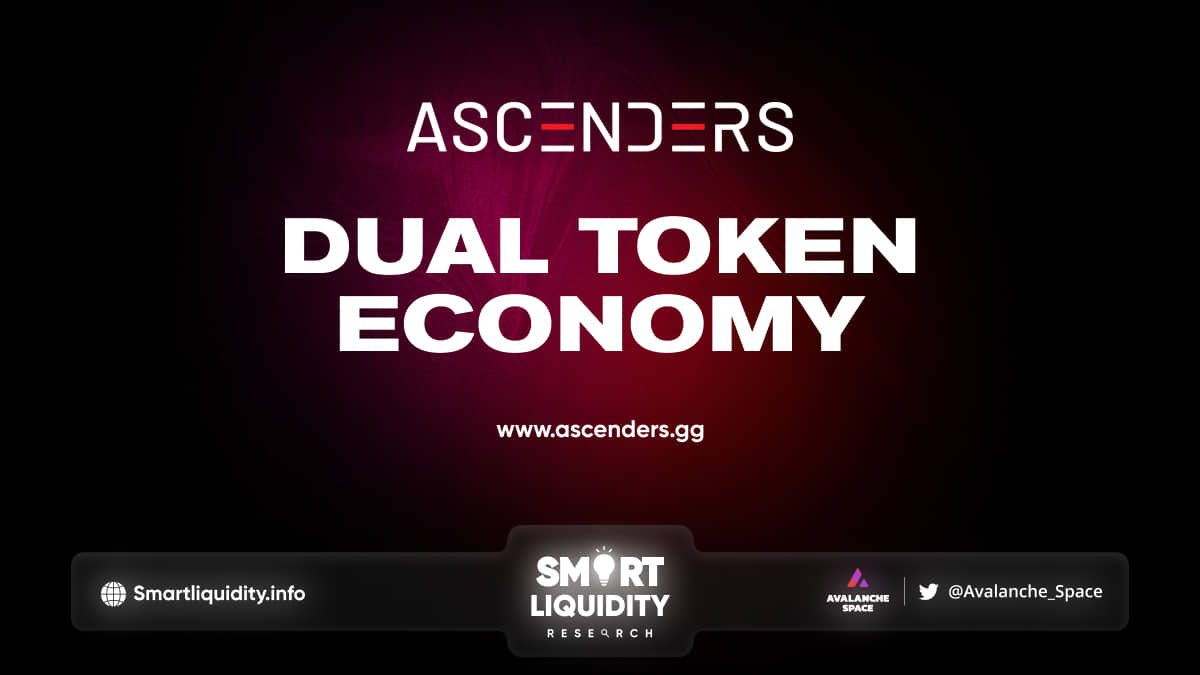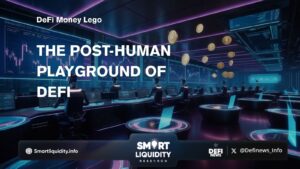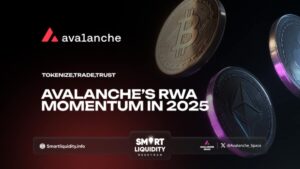Dual Token Economy


Ascenders has a new GameFi platform a Dual Token Economy of a governance token (Ascenders Governance Council) and a currency token (Glow Gems), supported by a third non-crypto, in-game only currency (Resource Chips).
The Ascenders Governance Council (AGC) is more than a governance token, AGC is core to the Ascenders ecosystem. Using AGC tokens for:
- Governance over in-game balance through veAGC mechanism.
- Staking for token rewards & exclusive drops.
- Founding and upgrading player Guilds.
- Purchase high flex cosmetic items.
- Season Pass style in-game rewards, including tokens and rare NFTs.
- Access to VIP tournaments and events.
- Subnet transaction fees.
AGC can be staked to several pools for rewards. Duration is flexible: the longer the lock duration, the higher the number of rewards received. In addition to staking APY rewards, there are lots of optional incentives and surprise rewards — including Ascenders NFT lands and heroes!
VeAGC Mechanism
Users may stake AGC to acquire non-transferable veAGC tokens. veAGC gives holders more Ascenders DAO votes. The longer AGC is staked, the more veAGC is gained, increasing the staker’s vote weight. Having veAGC increases AGC staking APY.
AGC as in-game currency
When players want distinct NFTs, they’ll utilize AGC tokens. Rare cosmetics, high-flex structure skins, and Guild Hall skins need AGC.
Ascenders will continually add new cosmetic items, often in partnership with new artists and external NFT creators, with the goal to make AGC the bridge between Ascenders and the wider crypto metaverse.
AGC as gas token
Ascenders is based on an Avalanche Subnet; subnet transaction fees are in AGC. Subnet validators and Ascenders DAO split fee profits. Considering a gas fee AGC token burn mechanism.
AGC token burn
The system is designed to absorb sell pressure from players wishing to realize their in-game earnings. The funds used for token repurchase come from a portion of the game revenues shared with the DAO treasury. The system responds to market conditions by acquiring AGC and performing burn operations as necessary, creating a healthy deflationary pressure in token supply.
Most on-chain transactions need $GG tokens. Build and exchange $GG NFTs. $GG creates landowner gear. ARPGs don’t drop $GG. $GG sources:
Story
Earned in the main storyline and quests, won in tournaments and rewarded for participating in events. $GG comes from an ADAO-managed gaming rewards fund.
Trade
Earned from trade on the marketplace, as landowner fees for using buildings on their land, and via GameFi features like lending with an in-game bank.
Resource Dex
The dex contains many different resources paired with $GG — for example an Ore / $GG pair. At any time, players can take their collected Ore to the Seedship and exchange it for $GG at a global rate. A Uniswap bonding curve is used to balance:
- As more Ore is collected and exchanged, the $GG price goes down until it is no longer worth farming Ore. This pushes $GG into circulating supply.
- Alternately, players who needs lots of Ore can use $GG to purchase it from the same DEX, driving the $GG price of Ore back up. This pulls $GG out of circulating supply.
All resources have emission caps to prevent infinite farming, and the Ascenders DAO can adjust DEX weights and bonding curves as needed to maintain $GG token value and economic liquidity.
About Ascender
Ascenders is a sci-fantasy, open-world action RPG with a fully decentralized player-driven economy powered by the Avalanche blockchain. Players will soon be free to explore dungeons, discover resources in the underworld, craft NFTs, own land, and battle it out to climb the leaderboard and play to earn.




